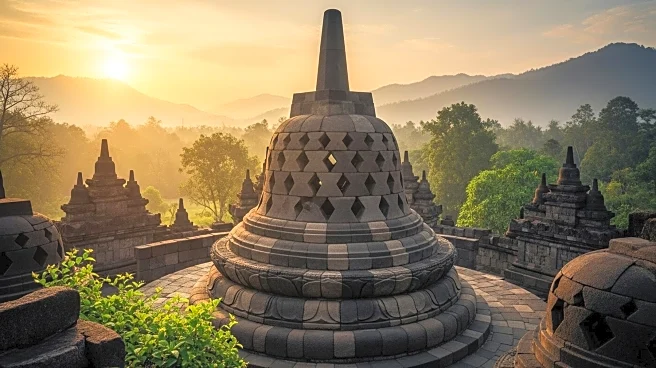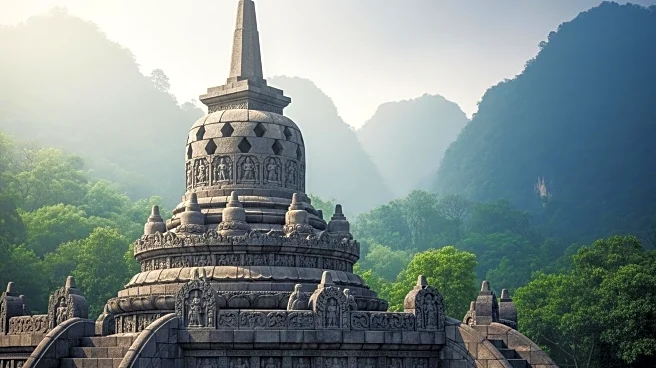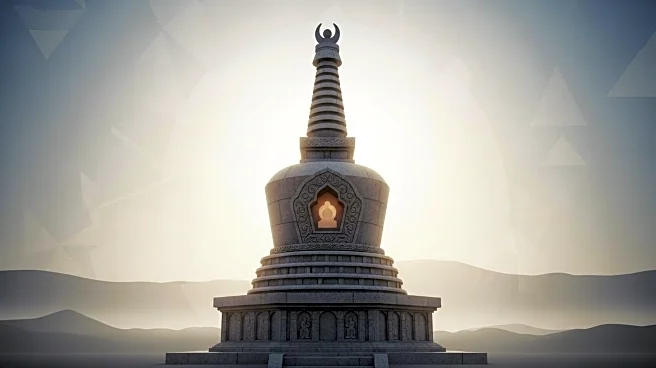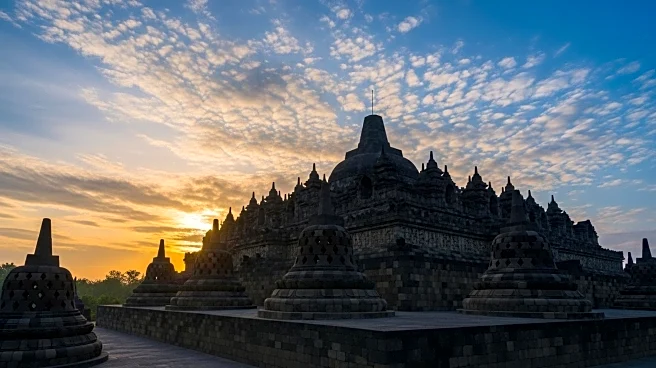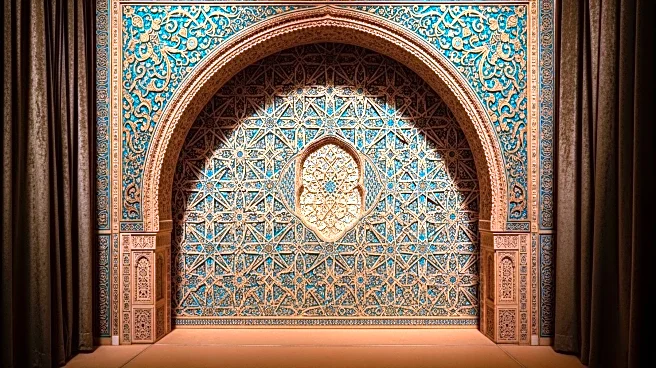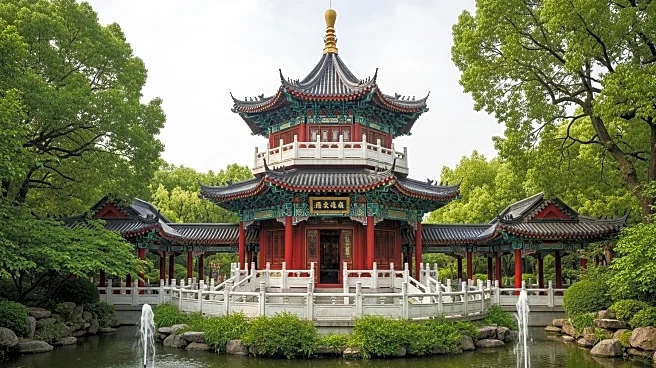Borobudur's history is marked by significant milestones, from its construction in the 9th century to its recognition as a UNESCO World Heritage Site. Built during the Sailendra Dynasty, this temple is the largest Buddhist structure in the world, showcasing the era's architectural innovation and cultural devotion.
Early Milestones
The construction of Borobudur in the 9th century was a monumental achievement, reflecting the Sailendra Dynasty's commitment to Buddhism and architectural excellence. Its design incorporates Javanese Buddhist architecture and indigenous Indonesian traditions.
Breakthrough Moments
The rediscovery of Borobudur by Thomas Stamford Raffles in 1814 was a breakthrough moment, initiating efforts to preserve and restore the temple. This marked the beginning of Borobudur's journey towards global recognition.
Recent Developments
The major restoration project completed in 1983, supported by UNESCO, stabilized Borobudur's foundations and ensured its survival. This effort culminated in its designation as a UNESCO World Heritage Site in 1991.
Lasting Impact
Borobudur's recognition as a UNESCO World Heritage Site underscores its cultural and historical significance. It remains a popular pilgrimage site and tourist attraction, contributing to Indonesia's cultural heritage and global tourism.
 Discover Daily • 7 min read
Discover Daily • 7 min read 